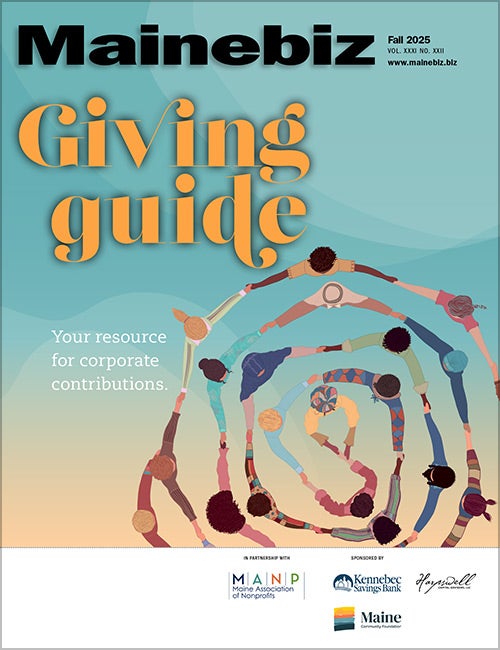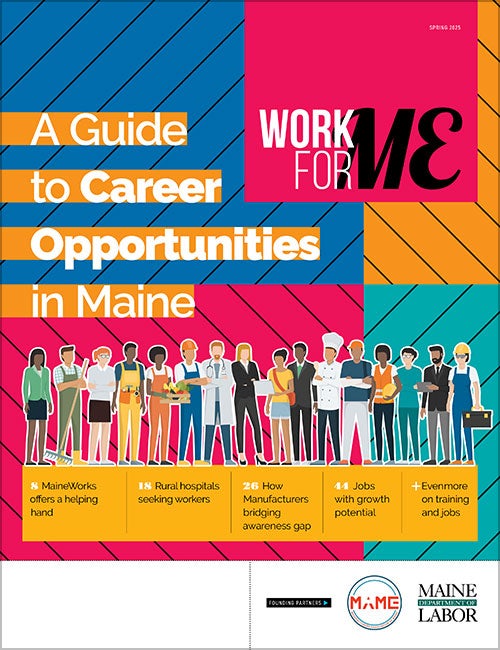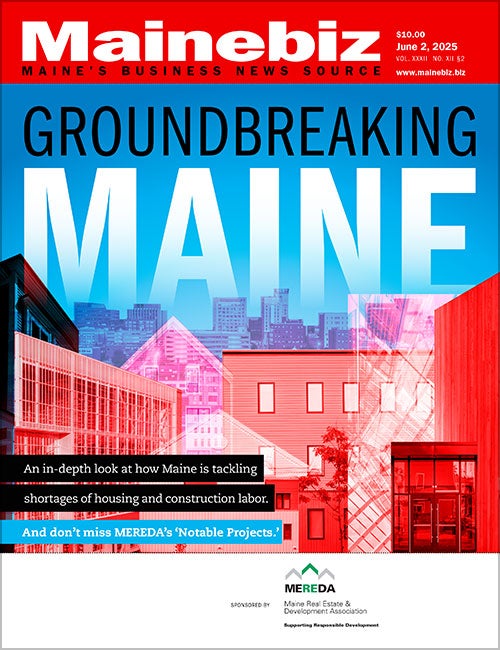Help yourself | What grassroots economic success in Lewiston-Auburn can teach all of us
There were riots in the city of Dongguan, China, last month. More than 1,000 people participated after losing their jobs. With the global recession worsening, more than 15,500 businesses in Guangdong province closed in 2008. The Chinese Academy of Social Sciences says the urban unemployment rate is 9.4% and is expected to rise. The Chinese government’s response to the economic slowdown is its own multi-billion dollar stimulus plan. Certainly there will be major incentives for foreign companies to open new plants and create jobs.
While there have not been reports of unemployment-fueled riots in the United States, the economic picture here is also grim. Even powerhouse states like North Carolina and Tennessee have unemployment rates around 9%.
As a result of this recession, many states are increasing their efforts to attract businesses and jobs. In January, Maine & Co. participated in a site search for a medical device manufacturing company. Maine made it to the finals, and the company then evaluated our incentives. Maine’s Pine Tree Zone benefits were worth about 20% less than similar benefits offered by the other finalists. And on top of state incentives, several cities offered “forgivable loans” of up to $4 million in moving expenses for the company or personnel. These loans are forgiven if the company meets certain employment goals. We are seeing that other states with very specific economic development goals are prepared to compete harder than Maine for these high-paying jobs.
A few weeks ago, Portland announced that the second and final developer who had expressed interest in the Maine State Pier no longer wanted to pursue the project. According to the Portland Press Herald, one city councilor said the city needs to draw up a pier repair plan, get it permitted as soon as possible and “line this thing up for stimulus money.” We should do better than that. And we have.
The L-A lesson
In 1991, the unemployment rate in Lewiston-Auburn was more than 11%. This was not acceptable to the people of L-A, so they went to work to draft a development strategy that would create jobs in the area. Leaders in both communities cataloged their advantages. After some consideration, they identified opportunities around logistics and transportation. It took some imagination: The St. Lawrence and Atlantic Railroad had recently been sold to a small railroad operating company. The tracks needed to be repaired and upgraded. They noticed that the Maine Turnpike ran adjacent to the area. Unfortunately, there wasn’t an exit near their imagined logistics hub.
Lewiston and Auburn worked out a unique tax sharing agreement between the cities. They identified property that could be used for industrial development and that could take advantage of railroad access. They made sure the property had proper sewer, water, electricity and regulatory approval. What wasn’t there, they developed. They partnered with the railroad to make sure the track got upgraded. They partnered with bulk transporter Safe Handling to make sure they had a successful logistics company they could show off to prove the economic development plan was working.
Success came slowly at first. Then Safe Handling expanded, doubling its volume almost every year. Fore River opened a new warehouse along the tracks. Gas Supply Resources opened a propane transfer facility and was soon handling more than 60% of all the propane used in Maine. Pioneer Plastics reestablished rail access. Other companies saw how willing L-A was to work with businesses and moved to the area. South Paris, Mechanic Falls and Oxford saw similar logistics expansion. In 2003, logistics leader Wal-Mart constructed a distribution center in L-A.
In early 1991, some people in the community imagined an intermodal terminal where containers could be taken off railcars and put on trucks. Research found a federal program that could help fund such a facility. Together with the state and federal government, the cities partnered with the railroad. All four groups provided funding and commitment. The Maine Intermodal Terminal was built in 1993 and quickly added to the logistics infrastructure L-A had already constructed. Today, it is northern New England’s largest container port, handling containers to and from Asia via the port of Vancouver and the railroad.
The intermodal terminal was just a part of the overall economic strategy for L-A. The facility fit nicely with Safe Handling, the new turnpike exit, the industrial parks, the railroad and all the rest. L-A made real partnerships with business and each other before they even considered asking state or federal governments for help. Maybe it is time to learn from the Lewiston-Auburn experience.
Matt Jacobson, president of Maine & Co. in Portland, can be reached at mjacobson@maineco.org.










Comments